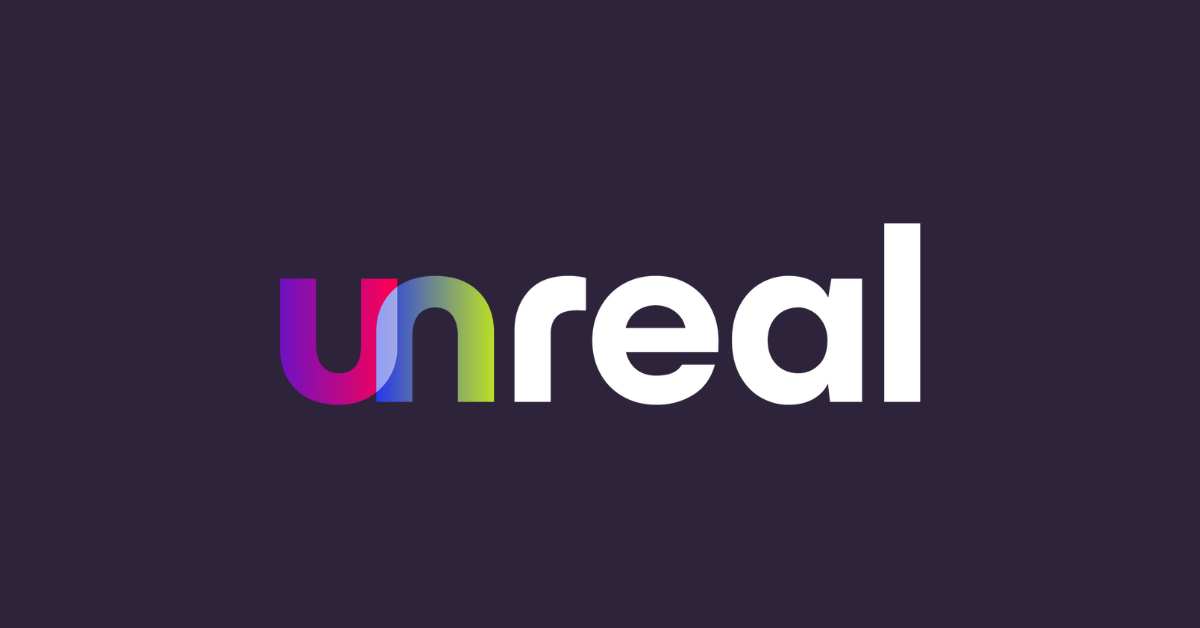How to Slay Your Next LinkedIn Ad Campaign
Here at UDG, we champion numerous channels for digital advertising – even those not traditionally considered platforms for B2B messaging. As we explored in a recent post, Pinterest, Tiktok, Instagram, and others all offer fresh, engaging ways to reach your business audience.
That said, LinkedIn is still the prevailing B2B social media paid advertising platform. With more than 800 million users worldwide, it is the world’s largest professional network and accounts for some 80 percent of leads that B2B marketers source through social media.
As a full-service B2B agency, it’s no surprise that we’ve run hundreds of LinkedIn campaigns on behalf of our clients, and have learned a thing or two about getting the most out of our clients’ advertising budget on this platform.
While each campaign is different – goals, audience, creative, measurements for success – we’ve compiled our top LinkedIn learnings that can be applied to any advertising campaign on the world’s largest business networking platform.
How to find your LinkedIn campaign sweet spot
- Don’t wait for perfection to get started: Testing is the key ingredient to a successful LinkedIn campaign. While advertisers may understand that in theory, often we see clients struggle to actually put the testing approach into practice, and instead, want the campaign to be perfect from the start. To be fair, it can be challenging to put marketing content out into the world that’s not 100 percent vetted – particularly when there are numerous stakeholders involved. But this can lead to months-long delays, cost overruns, and advertising content that may not actually resonate with your audience in the end. Triple fail!
Instead, hone your marketing content by testing it. Rather than get caught up figuring out the “perfect” approach, move faster by starting with “almost-perfect.” Then get ready to re-evaluate what’s working and what’s not, and change the message as you go.
- Use the data to your advantage: To find your LinkedIn campaign sweet spot, use reporting and metrics to evaluate all aspects of your advertising creative, including copy, imagery, content and landing pages. If something’s not working, you don’t necessarily need to throw out the baby with the bath water. An imagery update or CTA copy change may be all that’s needed to optimize the campaign. Avoid falling into the trap of guessing what you think will move your audience. I once had an agency owner tell me that “Learn more” should never be used as a CTA, but when we actually tested it against more active copy, “Learn more” performed better.
- Avoid ad fatigue: Ad fatigue occurs when your audience becomes too accustomed to a particular ad – this can even happen in the most successful of campaigns. Simply swapping out imagery can provide the spark you need to refresh your ads and increase campaign performance.
- Map creative to campaign objectives: What are you asking your audience to do? Download a whitepaper? Engage with a video? Different campaigns will have different objectives and therefore require a different creative approach. Imagery of a downloadable asset might be your top-performing creative element in a lead-gen campaign, while real-life imagery coupled with brand colors may resonate more with video view campaigns.
- Refine your audience. We recommend giving your campaign 4 to 6 weeks to launch and go through a learning period. From there, you can begin refining your target audience, being careful not to drastically reduce your audience size. Make small changes and monitor the performance. You can also use campaign demographics data to gather insights and expand your knowledge of your audience (you may discover new attributes!). Then, continue to refine over time as you learn what resonates.
- Apply UX best practices: A good user experience on your landing page makes the path you want your audience to take extremely clear. Increase conversion rates and decrease bounce rates by removing any additional CTAs, distractions, and potential friction. Another tip is to move landing page forms above the fold to increase visibility and increase the number of form submissions.
Always be optimizing
Regular monitoring of your LinkedIn campaign will give your team the ability to see what works best for each initiative and allows for iteration that will generate winning results.
And, if you test, test, and test, but find that the campaign isn’t improving, pause the campaign and take a step back. Is there a particular part of the campaign that wasn’t resonating? Maybe your audience targeting is off base? Take the time to really think about the goal of your campaign. What are you trying to accomplish? Maybe it’s an indication of needing to refine personas and targeting goals as a company.
Need help designing, monitoring, or optimizing your next LinkedIn ad campaign? To ask questions or just chat through best practices, drop us a line.


